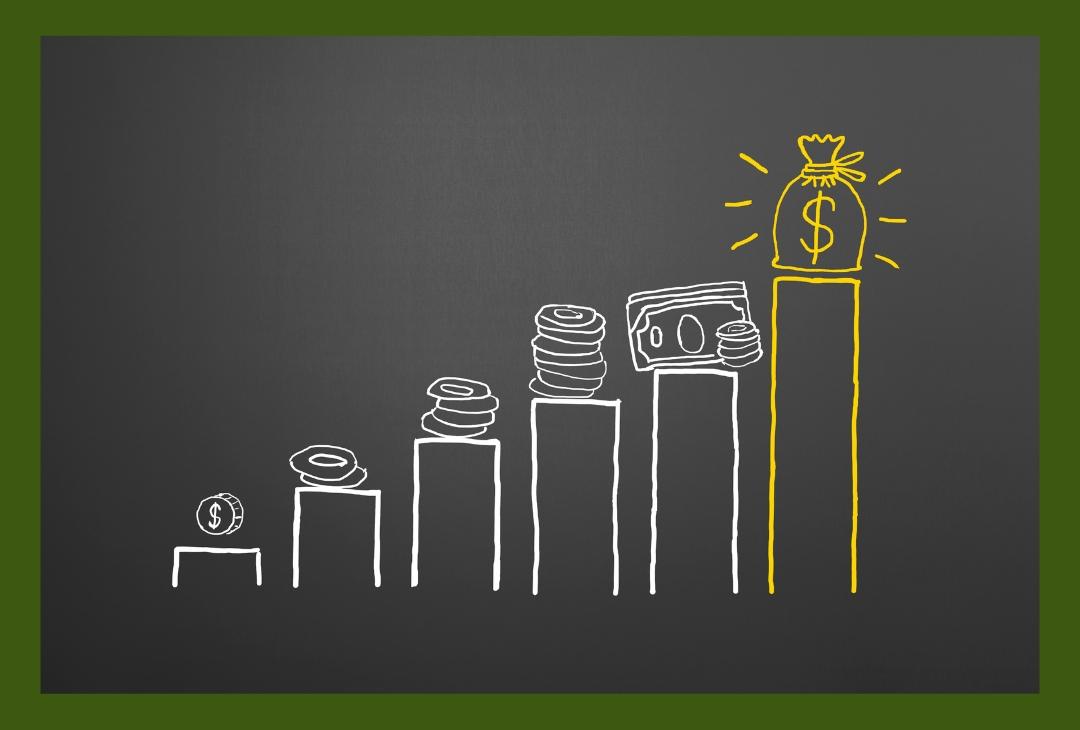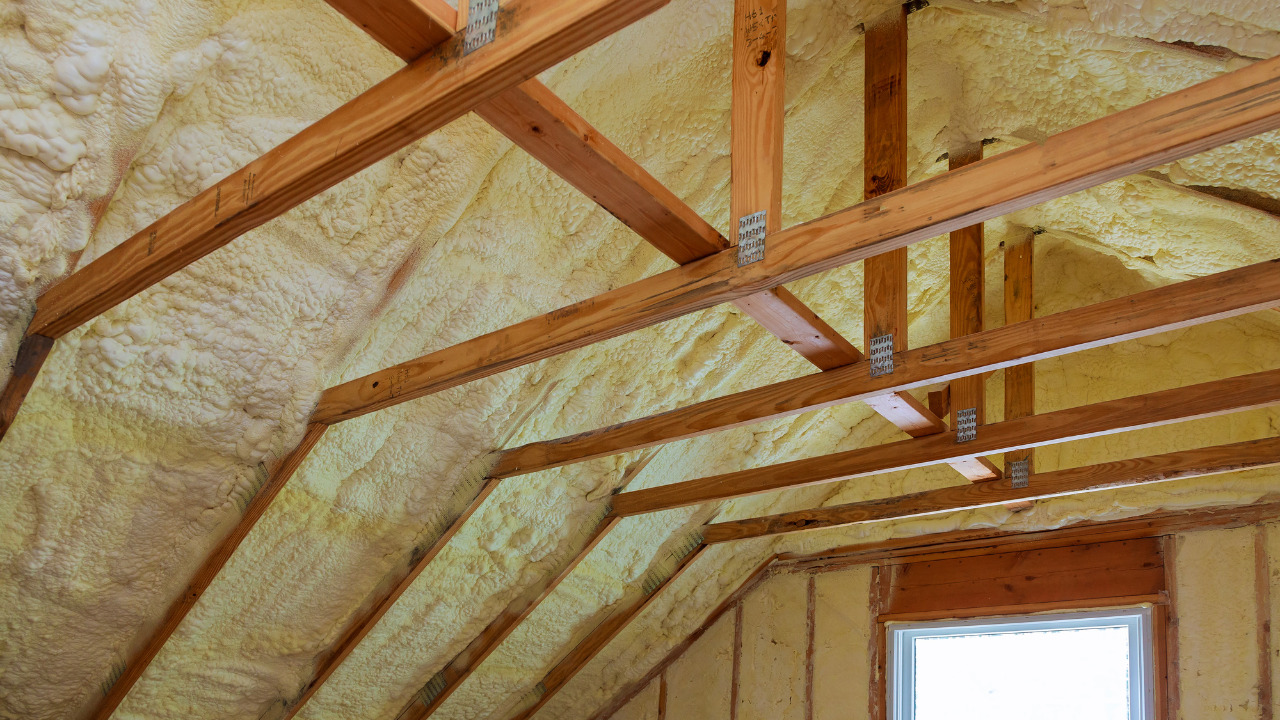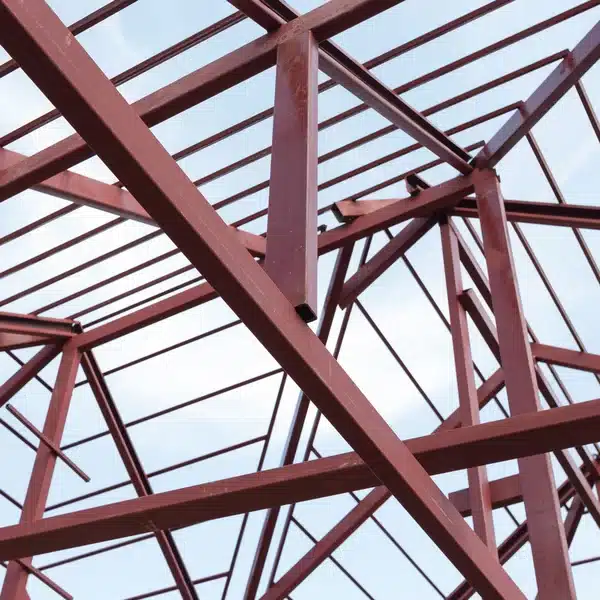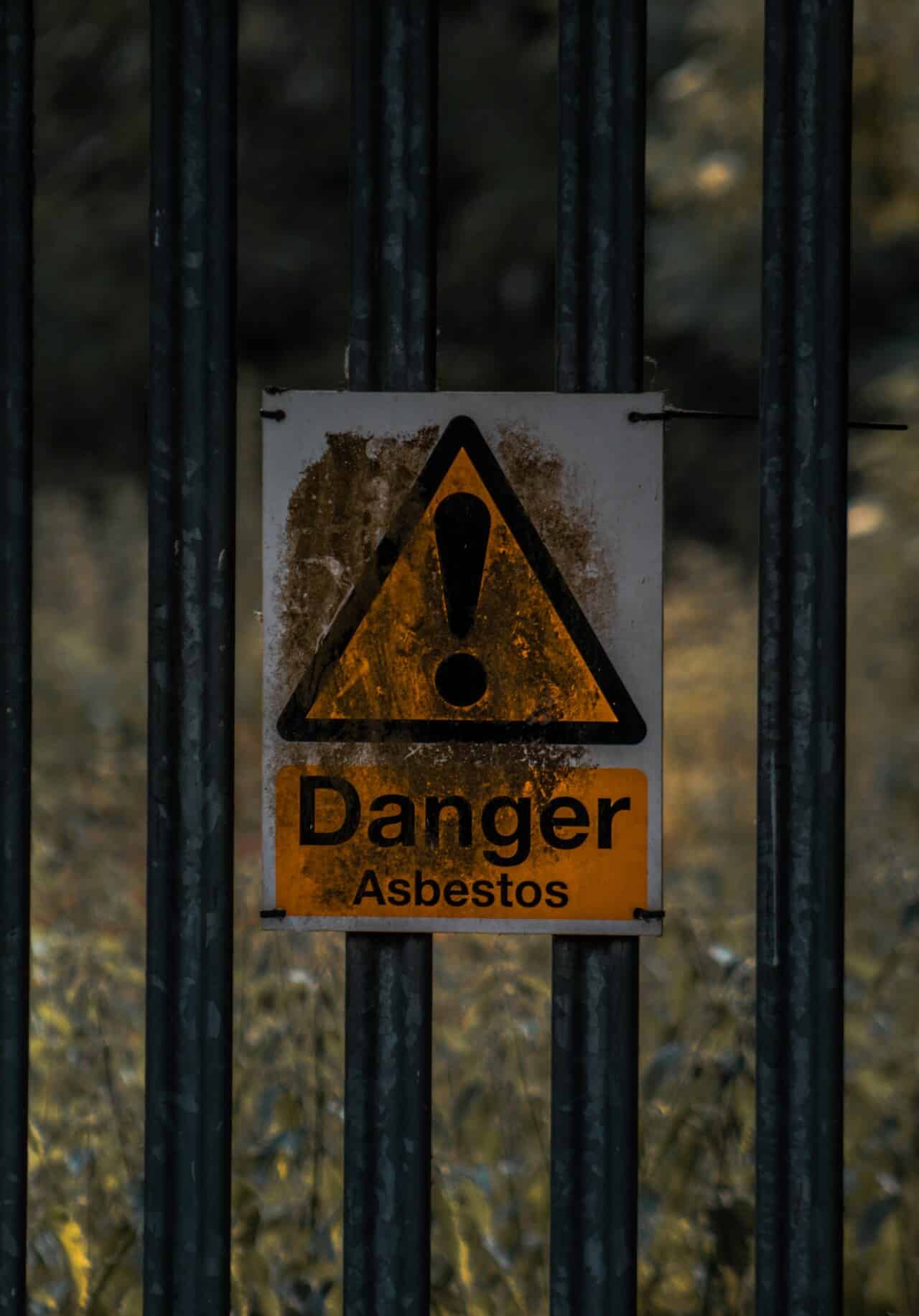In the dynamic business landscape of today, where sustainability must go hand-in-hand with profitability, reducing operational costs has become a strategic imperative.
One avenue that is often overlooked involves leveraging utility rebates that are available on energy-efficient equipment. This comprehensive guide will walk you through the steps to lower your business costs while making a positive impact on the environment.
Table of Contents
Understanding Energy Efficiency:
First, let’s explore the concept of energy efficiency and why it matters in a business context.
Key Point: Energy-efficient practices not only contribute to environmental sustainability but also lead to substantial financial savings over time.
First off, energy efficiency refers to the ratio of useful energy output to the total energy input in a system or process. It is a measure of how effectively a system converts input energy into useful output energy while minimizing waste. In the context of business operations, energy efficiency is crucial for optimizing resource use, reducing costs, and mitigating environmental impacts.
One of the primary benefits of energy efficiency is cost savings. Businesses can reduce their energy consumption, leading to lower utility bills. Investments in energy-efficient technologies, such as energy-efficient appliances, lighting, and HVAC systems, may have upfront costs but can result in long-term savings.
By reducing dependence on energy-intensive processes, businesses can become more resilient to fluctuations in energy prices. This can provide a buffer against the impact of rising energy costs, contributing to long-term financial stability.
Identifying Energy-Intensive Areas:
Before embarking on any energy-efficient journey, it’s crucial to identify the energy-intensive areas within your business.
Key Point: Conducting a comprehensive energy audit allows you to pinpoint high-consumption zones and understand where strategic upgrades can yield the most significant benefits.
Improving energy efficiency often involves optimizing processes and equipment. This can lead to increased operational efficiency, as systems run more smoothly and require less maintenance. Reduced downtime and improved reliability contribute to overall business productivity. However, making the investment in new, energy efficient equipment can come with a heavy price tag. That is where utility rebates come in…
Navigating the Rebate Terrain:
Utility rebate programs are gamechangers. The financial incentives available for adopting energy-efficient equipment are substantial in most areas throughout the US. The trick is knowing how to leverage them. So, let’s break down the various rebate types available and go over common eligibility criteria businesses will face when looking to capitalize on these opportunities.
Overview of Utility Rebates:
- How It Works: Because of the excessive draw on the power grid, utility companies are incentivizing businesses to make the switch to more energy efficient equipment. The financial incentives available allow customers to get new equipment, like lighting fixtures, HVAC systems, and more for very little out of pocket.
- Types of Rebates Available: Utility rebates for businesses can vary depending on location, utility providers, and government policies. However, some common types of utility rebates for businesses include:
Energy Efficiency Rebates:
These rebates are offered for implementing energy-efficient measures such as upgrading lighting systems, HVAC systems, insulation, and other equipment. Businesses can receive these incentives as instant rebates in some cases, which automatically reduces the upfront cost. In other cases, businesses will receive the incentives retroactively once the equipment is installed.
Renewable Energy Incentives:
Many state governments and utility providers offer incentives for businesses that invest in renewable energy sources, such as solar panels, wind turbines, or other sustainable energy systems. These incentives may come in the form of rebates, tax credits, or other financial incentives.
Demand/Response Programs:
Some utility companies offer rebates to businesses that participate in demand/response programs. These programs involve reducing electricity consumption during peak demand periods to help balance the electrical grid. In return, businesses may receive financial rewards.
- Financial Advantages: In many cases, the rebates available will significantly lessen the impact of switching to energy efficient equipment. In fact, the reduced costs can make the investment nearly negligible – with many companies experiencing minimal payback periods of months, rather than years. This frees up company assets to be invested elsewhere, allowing for quicker growth of capital.
Qualifying Equipment and Technologies:
There is a vast array of energy-efficient equipment eligible for rebates. From lighting and HVAC systems to advanced technologies like smart sensors and automation tools, there are many options that can significantly reduce energy consumption, provide a more modern look and feel, and put money back into your business.
Key Point: Check your local utility website for a comprehensive list of energy-efficient equipment eligible for rebates. You may also have the option to contact a Trade Ally, which is a designated business that can provide rebate-eligible products and also process rebates on your behalf.
Calculating Potential Savings:
One of the most crucial aspects of the journey is understanding the potential savings associated with energy-efficient upgrades. By estimating energy savings, you can make informed decisions about your investments. Here’s a breakdown of the steps:
- Determine your current energy costs: Start by calculating your current costs. This includes the cost of electricity, gas, maintenance, and replacement items like filters and bulbs.
- Determine the cost of the upgrade: This includes the cost of new fixtures, installation, and any necessary upgrades to your electrical system.
- Check for utility incentives: Does the property’s utility provider have an energy efficiency incentive program? What rebates are available to offset the cost of new fixtures? Are there incentives to cover the labor costs or removal of old fixtures as well?
- Calculate your energy savings: This is the difference between the current energy costs attributed to your existing equipment and the (much lower) energy costs of the new equipment.
- Estimate your maintenance savings: How much are you currently spending in labor, scaffold or bucket truck rentals, and replacement costs annually? How will the new equipment compare? (For example, the average operating life of a 4ft LED tube light is 50,000 hours, which is much longer than traditional fluorescent tube lights.) Calculate how that stretches out your maintenance costs.
- Determine the payback period: Finally, determine the payback period by dividing the cost of the upgrade by the annual energy and maintenance savings. This will give you the number of years it will take for the upgrade to pay for itself.
Real-World Success Story: Cost-Saving LED Lighting at Girard Medical Center
Girard Medical Center in North Philadelphia recently completed a revamp of their interior and exterior lighting. During this project, it was taken into consideration that this hospital needed to prioritize cost-saving techniques while still meeting their needs for high-quality lighting.
To meet these requirements, the solution Girard decided to go with was to use rebate-eligible 4ft LED strip lights to retrofit existing fluorescent fixtures.
The existing fixtures were indirect fluorescent troffers, which can be expensive to replace. So, rather than have to pay for a full replacement, Girard elected to retrofit them. The cost associated with this retrofit project was much lower than the alternative, and their upfront costs were diminished even further by the utility rebates they received. After rebates, they ended up paying just $5 per fixture!
Before making the switch to energy efficient lights, Girard Medical Center was spending approximately $5,143 per month on energy expenses of their fluorescent troffers. Now, their monthly energy costs are estimated to be $1,371. That’s an average savings of 73% each month!
Key Point: Before rebates, the total cost of their lighting upgrade would have been about $44,640. After rebates, their upgrade cost was just $7,440!
With the energy savings alone, this upfront cost could be paid off in just 2 months. After that, Girard Medical Center will enjoy many years of savings. If you have a commercial property in the PECO service area, it may also be eligible for these lighting incentives. Through the PECO Ways to Save Program, your business could qualify for lights as low-cost as $1 per product + applicable tax.
For commercial properties in other areas, there are likely still incentives available to you; 75% of the USA is covered by an energy efficiency rebate program!
Staying Ahead of the Curve:
The energy landscape is continually evolving. Stay informed about the latest trends, emerging technologies, and changes in rebate programs. By remaining proactive, your business can maintain a competitive edge while continually improving its environmental impact. It is also advisable to reach out to vetted industry experts; they will have the knowledge to get your company the best savings possible while also providing high quality products.
A Greener, More Profitable Future:
As you reach the conclusion of this guide, you are equipped with the knowledge and tools needed to move toward a more sustainable and cost-effective future for your business. By implementing energy-efficient practices and leveraging utility rebates, your commercial property can thrive in a changing world while contributing to a healthier planet. Start unlocking savings today!





